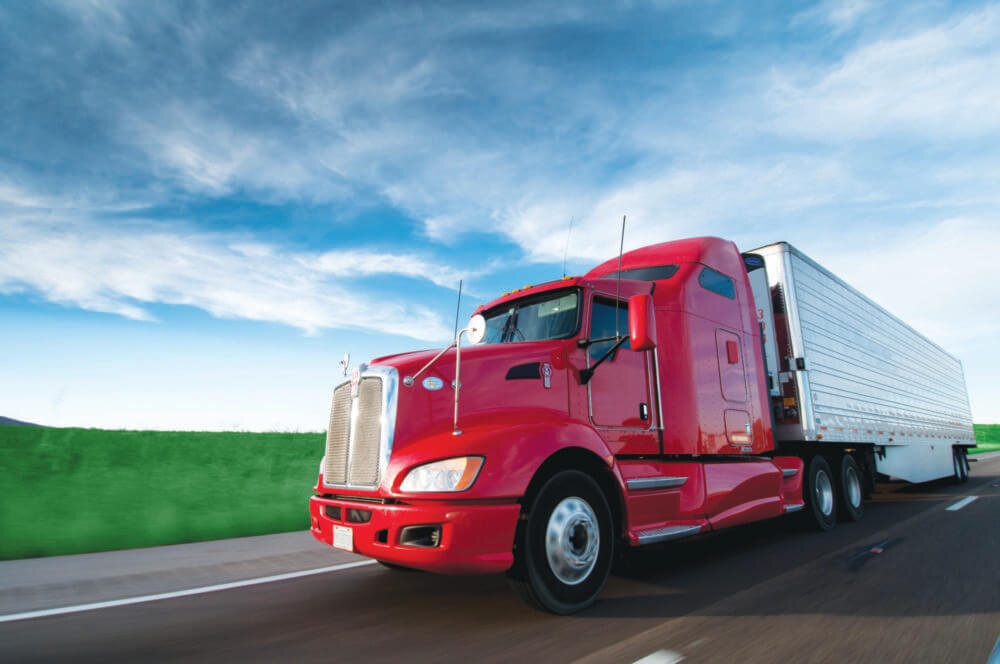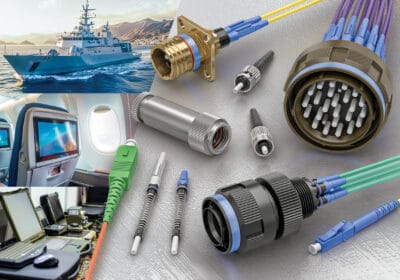New environmental legislation has created an engineering challenge for heavy-duty diesel engines. Carbon dioxide (CO2) and nitric oxide (NOx) emissions must fall below stricter standards. At the same time, greater engine efficiency has resulted in a corresponding loss of exhaust gas temperature, leading to lower catalytic activity. This is particularly concerning when it comes to NOx emissions for cold start and low load cycles, as a lot of thermal inertia is produced in the aftertreatment system. Here, Jeff Diestelmeier, Vice President and General Manager Energy and Environmental Technologies Business Unit at industrial technology company Watlow, explores how heating technology can improve diesel engine efficiency.
In the past, manufacturers of heavy-duty vehicles have been able to meet emissions standards by making small, incremental improvements in the engines themselves. These newer, stricter standards will require more of a “systems” approach because of the engineering challenges involved.
Design challenges
To achieve the newer, stricter standards, automobile and truck manufacturers will need to look at other elements of the system — specifically, adding heat to exhaust to increase catalytic activity. An advanced heating strategy has already been shown to be the most efficient means of meeting these NOx emissions standards. In fact, a small heater placed at the intake of the aftertreatment system enables its rapid and efficient heating, even during cold start and low load operating conditions. However, having a practical means to power and control this type of heater has been a barrier for implementation.
More recent testing has shown that a heating element, using only conventional alternator or battery power, can be effectively used to heat the exhaust and meet emission standards in vehicles typically operated in a city, such as a road sweeper and public transport bus.
Using a small electric heater in the after-treatment system of a heavy-duty diesel vehicle might be the key to solving a lurking engineering problem brought on by environmental legislation. Integrating these heaters into new designs could be the final piece of the puzzle in bringing diesel engines into compliance with the current laws, and an innovative way to make them more efficient.
Legislative limits
Before looking at the technology involved, we must acknowledge the context in which these technologies are being developed. European emissions regulations began in 1992, with the latest, and strictest round, Euro 7, taking affect from July 1, 2025. Euro 7 will take the lowest limits seen in the previous Euro 6 and implement them across all new petrol and diesel cars. All new cars sold from 2025 will need to emit no more than 60 milligrams of NOx to comply. Manufacturers that do not meet that deadline will be penalised for excess emissions.
Further complicating these laws is the need to test diesel engines under real-world conditions. In 2016, the Commission Regulation (EU) amended their emissions standards to include Real Driving Emissions (RDE) tests. These tests are meant to prove that engines are meeting emissions standards, not only under laboratory conditions but also under “real-world” driving conditions.
Systems approach thinking
The complexity means that manufacturers are beginning to reach the limit of what they can do with standard approaches. In fact, the new standards from Euro 7 have revealed an underlying engineering problem.
As engines have become more efficient, there has been a corresponding drop in the temperature of exhaust gas, leading to lower catalytic activity. This is particularly concerning when it comes to NOx emissions for cold start and low load cycle, as there is an increase of thermal inertia in aftertreatment systems. In other words, as engines themselves have become more efficient, after-treatment systems have become worse at removing NOx from emissions.
To meet these new emissions standards, new aftertreatment architectures are needed, and must be incorporated into designs to meet these stringent emissions standards. As a result, some engineers are exploring other elements of the system, particularly when it comes to increasing the catalytic activity in the aftertreatment system.
The catalysts in question reside in the Selective Catalytic Reduction (SCR) filter in the aftertreatment system, downstream of the Diesel Oxidation Catalysts (DOC) and Diesel Particulate Filters (DPF). The DOC and DPF are thermal reservoirs and tend to absorb a significant amount of heat until warmed up. It can take up to 300 seconds for the SCR to reach a temperature at which the catalyst will efficiently remove NOx from exhaust gas.
There have been several approaches to this problem using passive exhaust thermal management technologies. Most notably insulating the downpipe, close-coupling the aftertreatment system, and reducing the thermal inertia of the DOC and DPF. Of these, only reducing thermal inertia has been shown to have any significant effect on SCR temperature and efficiency — suggesting that a more active approach is needed.
Road testing electric heaters
Creating models to prove the benefits of using a pre-DOC electric heater are one thing. Proving that it can reduce NOx emissions in RDE conditions is another. Not only must the effects of lowered emissions and better fuel efficiency be validated, but a practical means for controlling the heater and providing power must be demonstrated as well.
Watlow’s research team set out to test the system, using Watlow’s ECO-HEAT Exhaust Heating System in a 2017 Cummins ISB 6.7L engine in a Partial City Bus Cycle.
Here, the ECO-HEAT is a 24V (or 48V) heater that draws power from the alternator to operate when exhaust gas temperatures are too low. Watlow found that the heater fits easily within the aftertreatment system footprint. The heater was also coupled with a smart power switch to control the heater based on ECU information.
In this test, the average temperature of the exhaust entering the DOC without heating was 208˚C. The heater drew power in a cyclic way, ramping up when engine speed decreased. With the heater, exhaust entering the DOC was kept at a stable setpoint temperature of 275˚C. The significant finding was that the inlet temperature for the SCR was increased by approximately 45˚C while using the heater.
Anyone designing a heavy-duty diesel vehicle for the European markets needs to be aware of the strict standards imposed by recent environmental legislation. Meeting these strict standards will require more than simple tweaks to engine efficiency. Instead, a systems approach is needed. Research strongly suggests that an integral part of this approach will be the addition of a small electric heater to aftertreatment systems, which will help boost catalytic activity in the SCR.
To learn more about Watlow’s thermal solutions, visit www.watlow.com









